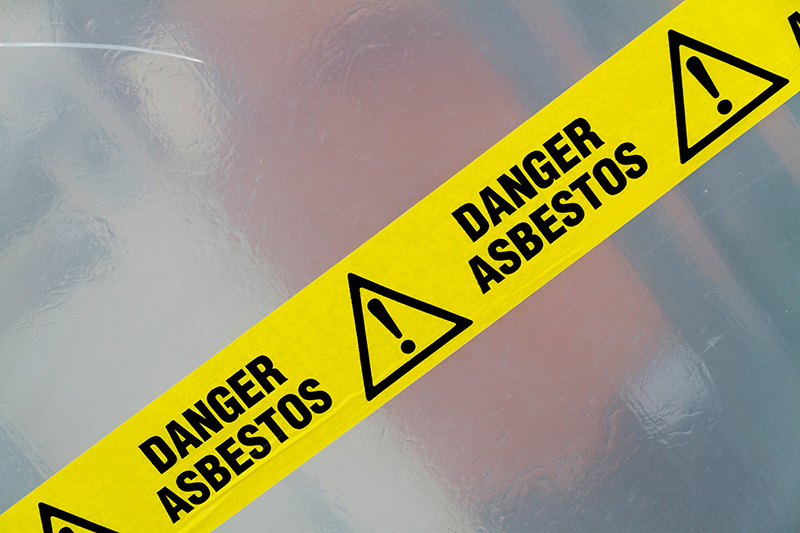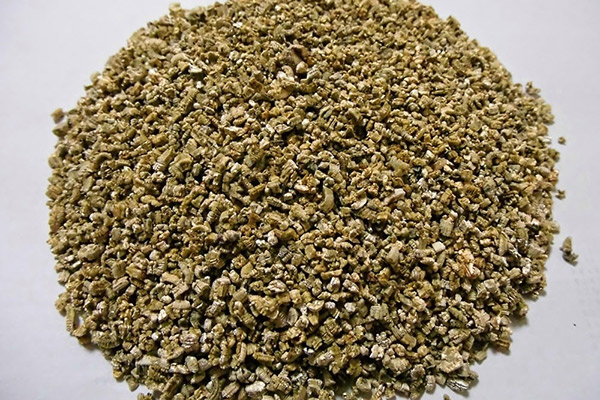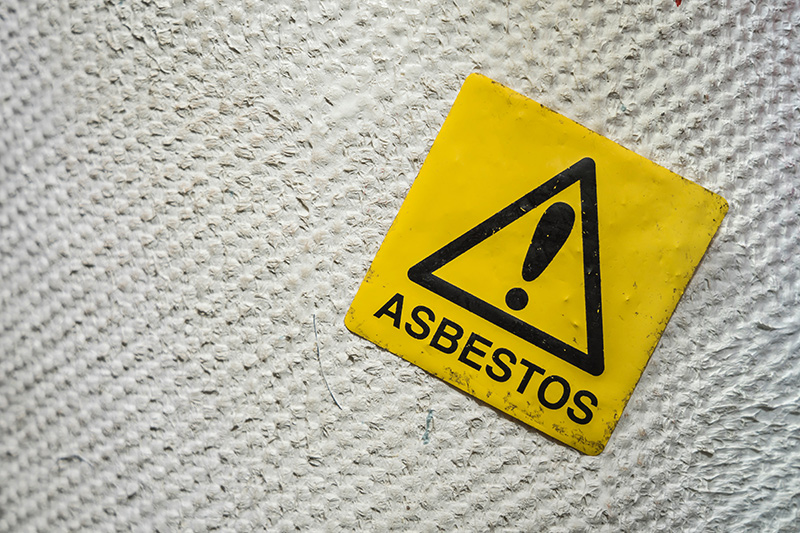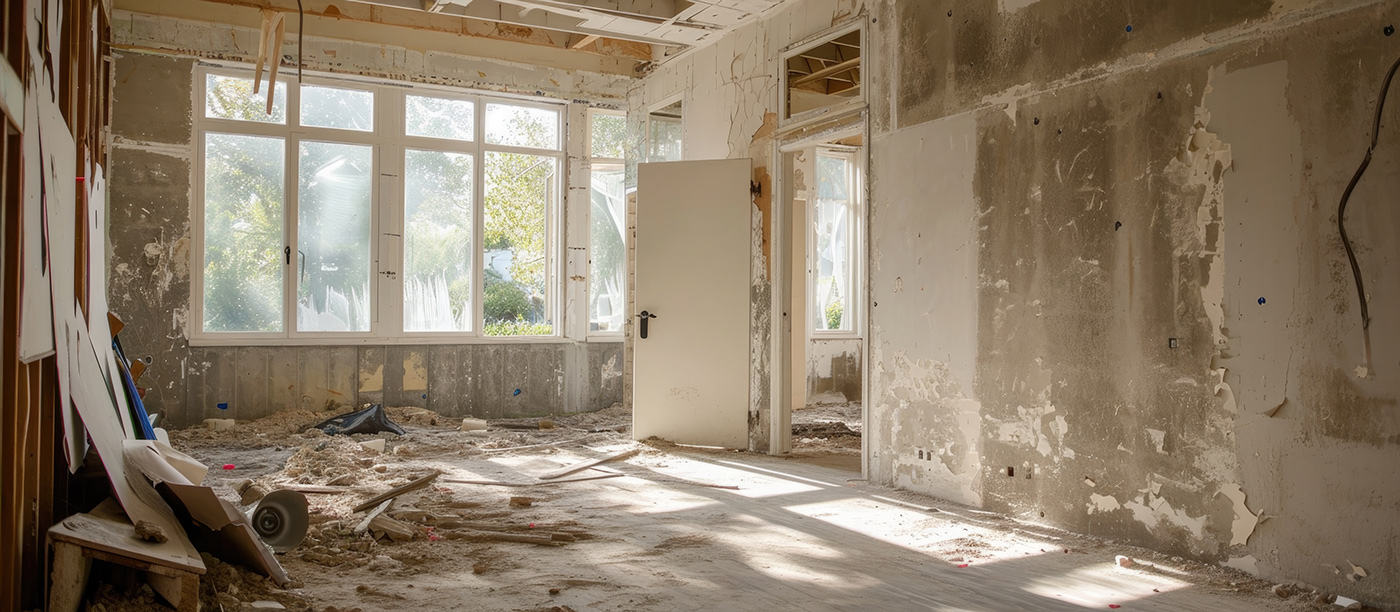OTTAWA ASBESTOS TESTING
Asbestos is considered to be a Designated Substance. This means that by law, materials that may contain asbestos must be tested for their presence prior to being removed or disturbed.
Ontario Regulation 278/05: Designated Substance - Asbestos on Construction Projects and in Building and Repair Operations tells us the minimum requirement for testing materials, safe removal/abatement practices, and post-abatement clearance testing procedures.
Please be aware that in Ontario a specific minimum number of samples must be taken and analyzed to be in compliance with O. Reg. 278/05. You can refer to Table 1 found in O.Reg 278/05 for the minimum number of samples required for specific material types.
Under O. Reg 278/05, a building material is considered to be non asbestos if the minimum number of samples that must be collected for that material are found to contain asbestos in quantities less than 0.5%. Materials with asbestos content greater than 0.5% are considered to be Asbestos Containing Materials (ACMs).
Any asbestos containing material that is going to be disturbed or removed, must be removed using proper asbestos abatement procedures. Friability is the most important factor for determining the proper abatement procedures to be used during asbestos removal.
Friability refers to a material that “when dry, can be crumbled, pulverized or powdered by hand pressure, or is crumbled, pulverized or powdered”.
Non-friable materials, such as joint compound containing asbestos found between drywall sheets, can be removed using Type 1 asbestos abatement if the amount of drywall containing asbestos joint compound to be removed is less than 10 Square Feet. On the other hand, if the amount of drywall with asbestos containing joint compound to be removed is more than 10 Square Feet, then Type 2 asbestos abatement procedures must be used.
Friable materials, such as non-painted stippled (popcorn) ceiling plaster, requires Type 2 asbestos abatement if the amount to be removed is less than 10 Square Feet. Or, Type 3 asbestos abatement if the amount to be removed is greater than 10 square feet.
Due to its friability and high volumes usually present in attics, asbestos containing vermiculite insulation must be removed using Type 3 asbestos abatement procedures.
For more information, please give us a call (613)366-5226 or email us at info@oies.ca





